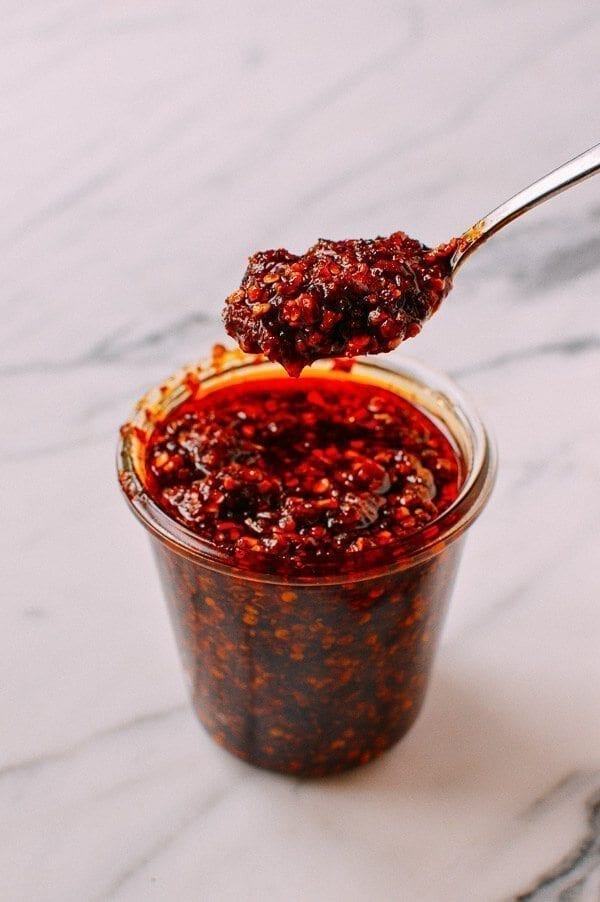- No. 268 Xianghe Street, Economic Development Zone of Xingtai city, Hebei 054001 China
- Byron@hbhongri.cn
chili powder and cayenne pepper
Chili Powder and Cayenne Pepper Spice Companions in Culinary Delights
When it comes to spice, few ingredients can transform a dish quite like chili powder and cayenne pepper. Both staples in kitchens around the world, they bring heat, flavor, and vibrant color to various cuisines. While they may seem similar at first glance, they each possess distinctive qualities and uses that make them unique.
What is Chili Powder?
Chili powder is a versatile spice blend made primarily from ground dried chilies, typically combined with other spices such as cumin, garlic powder, and oregano. Its flavor profile varies widely depending on the specific chilies used and the proportions of additional spices blended into the mix. Generally, chili powder has a milder heat than cayenne pepper and a more complex flavor due to its diverse ingredients. It is often used in Mexican, Indian, and American cooking—for instance, in chili con carne, tacos, or as a seasoning for barbecued meats.
The beauty of chili powder lies in its adaptability. Home cooks can experiment with varying proportions to create their unique blends. A slightly sweeter chili powder might evoke a different character compared to a smoky version that includes chipotle peppers. This flexibility makes it a favorite in kitchens where dishes undergo constant evolution, reflecting the tastes of the chefs making them.
The Piquant Punch of Cayenne Pepper
Cayenne pepper, on the other hand, is made solely from ground cayenne chilies, which belong to the Capsicum annuum family. It boasts a bright orange-red color and delivers a significant amount of heat, typically rated between 30,000 and 50,000 Scoville Heat Units (SHU). This makes cayenne one of the hotter pepper varieties, suitable for those who appreciate intense spice in their cooking.
chili powder and cayenne pepper

Cayenne pepper is often employed in dishes that require a straightforward infusion of heat without the additional complexities of other spices found in chili powder. It pairs wonderfully with bold flavors, enhancing the overall profile of dishes like soups, stews, sauces, and even some desserts. It can also be used medicinally; many cultures have long-believed in cayenne's health benefits—ranging from boosting metabolism to improving circulation.
Culinary Applications
In the culinary world, knowing when to use chili powder versus cayenne pepper can elevate your cooking significantly. For instance, if a recipe calls for a comforting chili with layering flavors, you may want to reach for chili powder to provide that complex background. In contrast, if you’re preparing a spicy garlic sauce, a pinch of cayenne will provide the fiery kick that makes the dish stand out.
Additionally, sprinkles of cayenne can liven up bland meals, giving a simple dish a flavor makeover. On the other hand, if you're looking to add depth and warmth in a spice rub or a simmering sauce, chili powder may be the perfect choice.
Conclusion
In conclusion, both chili powder and cayenne pepper are indispensable players in the world of spices. While chili powder offers a nuanced flavor profile perfect for intricate dishes, cayenne pepper delivers a sharp heat that can brighten any meal. By understanding the distinctions and ideal applications of each spice, cooks can enhance their culinary creations, adding depth and excitement to their everyday meals. Whether you opt for the vibrant complexity of chili powder or the straightforward intensity of cayenne pepper, both seasonings will undoubtedly enliven your kitchen adventures.
-
Spice Up Your Life with Paprika Oleoresin!NewsAug.05,2025
-
Spice Up Your Life with Paprika & Chili!NewsAug.05,2025
-
Spice Up Your Life with Chili and PaprikaNewsAug.05,2025
-
Nature's Fiery Power: Premium Capsicum and Paprika ExtractsNewsAug.05,2025
-
Crushed Red Pepper: The Secret to Spicy PerfectionNewsAug.05,2025
-
Capsicum Extract: Nature’s Fiery SecretNewsAug.05,2025







